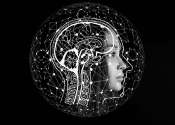Chloroplasts do more than photosynthesis: They're also a key player in plant immunity
Scientists have long known that chloroplasts help plants turn the sun's energy into food, but a new study, led by plant biologists at the University of California, Davis, shows that they are also essential for plant immunity ...







